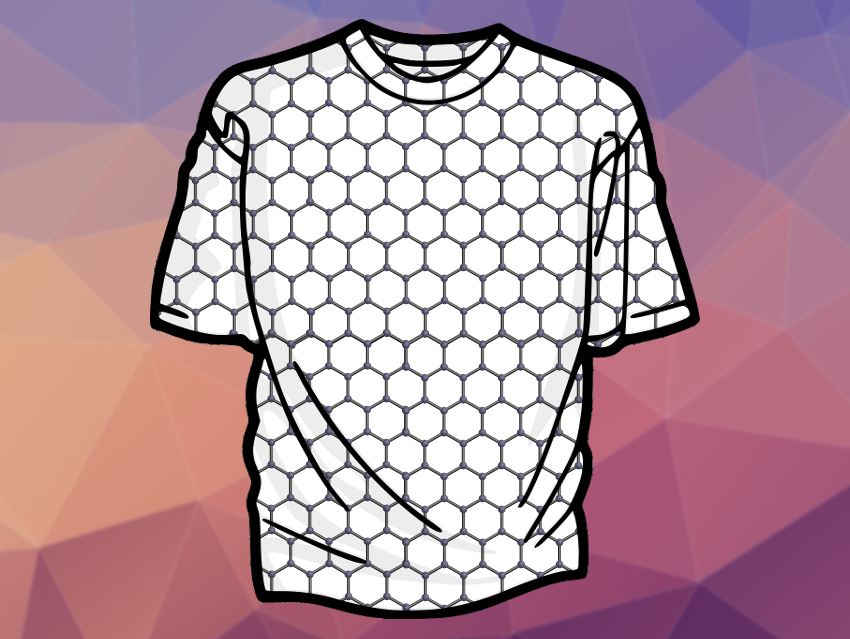Graphene has many potential uses. One area where the material shows a lot of promise is electronic textiles. However, the use of conductive yarn (regardless of the material) has so far been hampered by a lack of scalable production routes.
Namzul Karim, Kostya S. Novoselov, University of Manchester, UK, and colleagues have developed a scalable route for the production of conductive, flexible, bendable, and washable yarns that can be knitted into clothing and act as sensors. The team dispersed graphene flakes in deionized water. Scoured and bleached cotton yarn was then coated with the graphene flakes using a simple, high-speed batch dyeing technique with a laboratory scale dyeing machine. They coated yarn was then integrated into a knitted fabric using a computer-controlled knitting machine.
The conductive graphene yarn acts as a flexible sensor and can send data wirelessly, either via self-powered Radio-frequency identification (RFID) technology or via low-powered bluetooth. It is highly sensitive to temperature, which is one of the main parameters that are of interest in electronic textiles. Unlike other methods, the researchers are confident that the production process is indeed scalable and a high-speed industrial set up could produce tons of the electroconductive yarn.
- Engineering Graphene Flakes for Wearable Textile Sensors via Highly Scalable and Ultrafast Yarn Dyeing Technique,
Shaila Afroj, Nazmul Karim, Zihao Wang, Sirui Tan, Pei He, Matthew Holwill, Davit Ghazaryan, Anura Fernando, Kostya S. Novoselov,
ACS Nano 2019.
https://doi.org/10.1021/acsnano.9b00319




